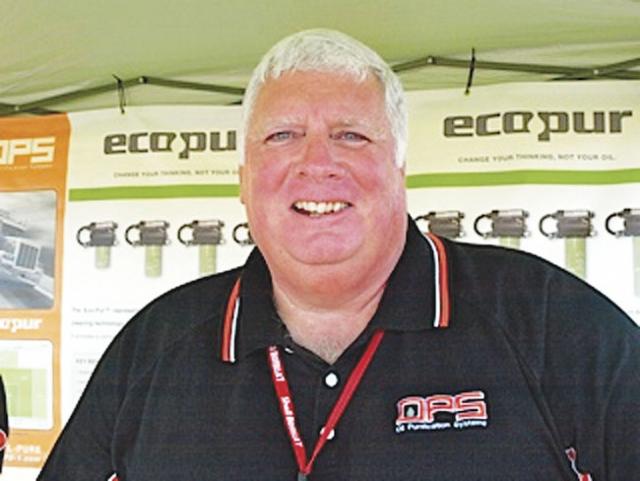Understanding Oil Contaminants

I have received numerous questions over the past four months, so I guess it is time to answer some of them.
My oil sample is showing high potassium and aluminum, what could be causing these results? The first step is to weed out environmental causes, like delivering to plants that produce chemicals that could contain aluminum or potassium etc., as these could enter engine oil through intake. Next check sodium levels if ratio is 1 to 4 with potassium chances are you may have an antifreeze intrusion. If you are not losing antifreeze, then most likely it is not the source of the potassium. With the addition of aluminum, it is a good possibility that the charge air cooler is adding the contaminants. In a case I reviewed recently the problem started in Feb and rapidly increased then started to decrease, which is common for extended oil drain samples. The charge air cooler had been changed in Jan and the potassium was coming from the preservative that is used to keep charge air cooler from corroding on the shelf and the aluminum was leaching from the new cooler. You can also see this preservative on other internal parts so keep it in mind when you see it show up in sample.
I keep hearing bypass oil filter companies touting the micron level of their filters, what exactly is a micron and is there a big difference in filtration of 2 or 3 microns? A micron is one millionth of a meter or .00003937 inches. There are 25400 microns in an inch. So, the difference between 2 and 3 microns is not significant to say the least. To give you some prospective a red blood cell is 8 microns and bacteria is 2 microns, anything under 40 microns is not visible to the naked eye. The key is to remove the particulates 10-20 microns that become trapped between the tolerances of moving parts. If the particles are small enough, they flow through the gaps between the parts and actually become polishing agents instead of scratching and grinding away at the parts.
What steps should I take if I have high soot readings? Soot is caused by fuel that does not combust properly. The unburned fuel becomes ash and will contaminate the motor oil causing the viscosity to increase as well as oxidation and acid levels. It is also wasted money as it lowers the miles per gallon ratio and creates inefficiencies in the engine. Soot will increase oil temperatures as the solid particles retain more heat than clean liquid oils. The extra heat affects the oils additive package by cooking to potency from the chemicals and metals used to protect the engine. The first step is to understand that for a clean burn you need proper air to fuel ratios, correctly timed injection of quality diesel fuel and compression in cylinders. Start with the easy items; is air cleaner clean allowing for proper air flow? Is fuel filter clogged starving engine for fuel? Is fuel of a good quality free of bacteria or “bugs”? Taking care of these items usually solves the problem however if it persists have injectors and injector timing checked as well as compression etc. It is your money keeping your vehicle properly maintained will increase your engine efficiency improve fuel mileage and keep the money where it belongs in your pocket.
If you have any questions, please email them to me at:[email protected].
